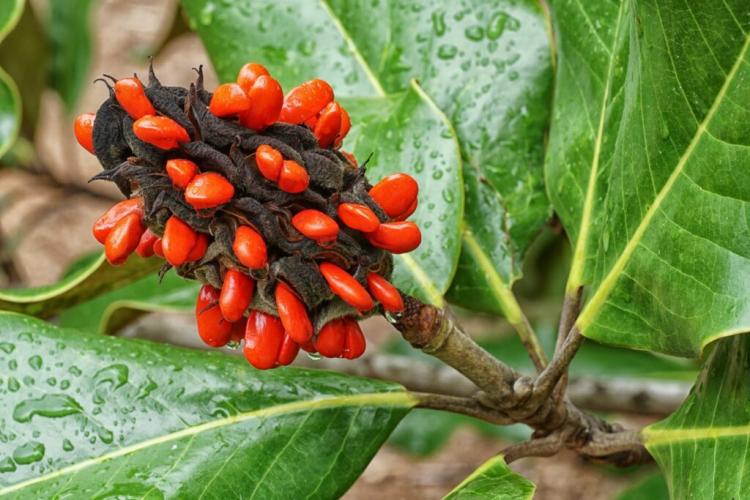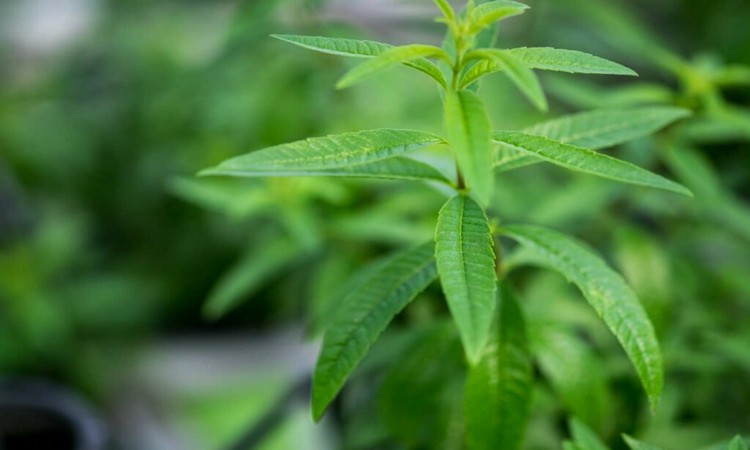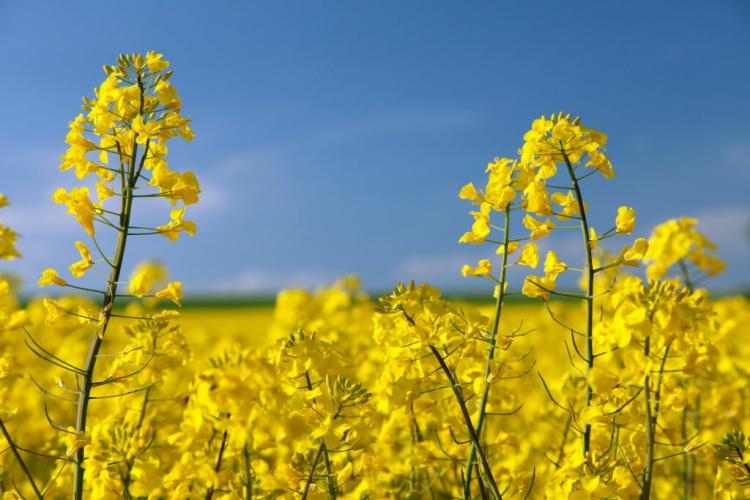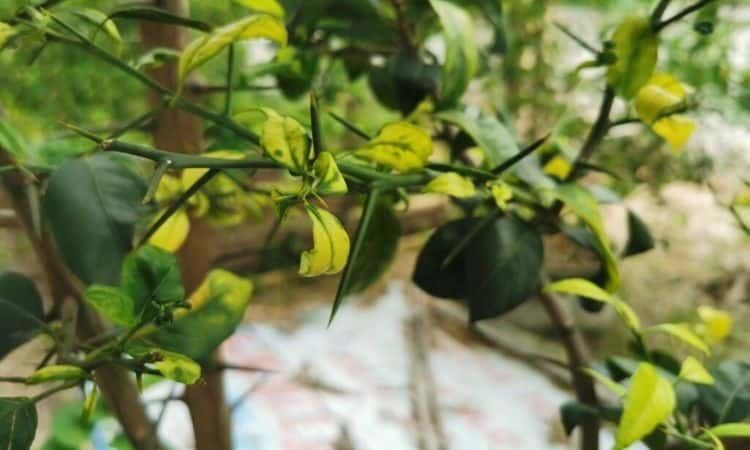Magnolia Tree Propagation: Through Cuttings And Sinkers
There are several ways to increase the magnolia’s bloom in the garden. We show the best way to propagate the magnolia.
As a real eye-catcher and beautiful tree, the magnolia ( Magnolia ) is predestined for attempts at propagation. Even the fruits of the tree look enticingly artistic. And maybe you even want to plant a small avenue or hedge made of magnolias.
Propagate magnolia by seeds
Table of Contents
The extravagant fruits of the magnolias appear in autumn. The bright red fruits emerge from the large fruit cluster and look as if someone has polished them to a high gloss. These fruits can be used to grow young magnolias. Since magnolia seeds only germinate after they have been exposed to a prolonged cold spell, you cannot just plant the fruit. One possibility is to simply leave the fruit outside for the winter and then sow it in the spring. The second variant is to put the fruit in the freezer for two to three months. If the fruits have had a sufficiently long cold spell, you can soak them in warm water and remove the pulp. The result is black or brown seeds.
Prepare a container with suitable soil and insert the seeds. They can be covered with earth and should always be kept moist. Here it helps to put a transparent plastic bag over the container. The best thing to do is to place the container with the seeds in a bright place outdoors. If there are still freezing temperatures outside, you should find an unheated place free of frost for your budding seedlings. Several months can now pass before germination.

The nice thing about growing from seedlings is that you can grow several plants at the same time and watch them grow from the very beginning. However, it can take many years for a self-sown magnolia to start blooming. You have to be patient for up to ten years. In addition, the success rate when propagating from seeds is quite low.
Summary Magnolias propagate by seeds:
- Expose fruits to a frost period of about three months, either outside or in the freezer
- Soak the fruits in warm water to remove the pulp more easily
- Sow black or brown seeds in prepared soil and cover with soil
- Place the planter in light and frost-free place, ideally outdoors
- Germination can take several months
Propagate magnolia by cuttings
It is well known that magnolias do not like being cut around them. However, it is still worthwhile to remove a cutting from them. If you want to prune your magnolia this year anyway, take the opportunity. It is also possible to find a branch that is suitable for cutting. It should be young and green and cut to a length of around six inches. Now put the offshoot in slightly acidic potting soil. If you keep the soil nice and moist, you may soon be able to watch the cutting take root and grow. It is best to leave the container with the cutting outside in a bright place, but protect the soil from direct sunlight and heat. Unfortunately, magnolia cuttings are not as reliable as those of currants ( Ribes ) or rosemary ( Rosmarinus officinalis ), but this method can still be worthwhile.
You might so like: Fertilize Magnolia: When, How And Which Fertilizer?
Propagate magnolia by the sinker
Immediately after flowering is the right time to propagate magnolias using sinkers. Choose a branch that can be easily bent to the ground without breaking and that is still young and elastic. The closer it grows to the ground, the easier it is to bend it down. Now choose a place on the front part of the branch where the future plant should take root. Now scratch the branch at an angle with a sharp and disinfected knife (please not too deep!).
Do this several times and on all sides. Now dig a small hollow a few centimeters where the scratched point of the branch would touch the ground. There you should put the branch in it and fill the hollow again so that the branch is covered with earth at all incised places, but the front end of the shoot should still lookout. So that the whole thing doesn’t click up again, you can put a stone on top to weigh it down. It can easily take a year for the sinker to take root. Only then can you separate the connection between the mother plant and the sinker and move the small plant.

Summary Magnolia propagation by lowering:
- Select an elastic branch that can be bent to the ground
- Slightly scratch the branch in the front part at one point several times
- Dig a hole in the ground or in a prepared pot
- Place the incised part of the branch in the hollow and cover it with earth
- Put on stone as a weight
- When the subsoil takes root after about a year, separate it from the mother plant
Propagate magnolia by mossing
The fourth and perhaps the most demanding variant of magnolia propagation is mossing. The good thing about it is that you can use this method to obtain a relatively large plant from the mother plant. Again, the optimal time is right after flowering. First, choose a shoot. This should be about one to two centimeters thick at one point. Everything that comes after this point will later become your new plant.
Now take a sharp and disinfected knife and carefully remove a two-centimeter wide strip of bark around the branch. Really only remove the bark, the water-conducting wood should be damaged as little as possible. Now wrap generously moist moss around the area. In order to keep the whole thing nice and moist, you should now put a plastic bag over it. It will now take three to five months for roots to develop. Then you can remove the bag and cut the branch. You can now plant the front part with the roots in a prepared pot with soil.
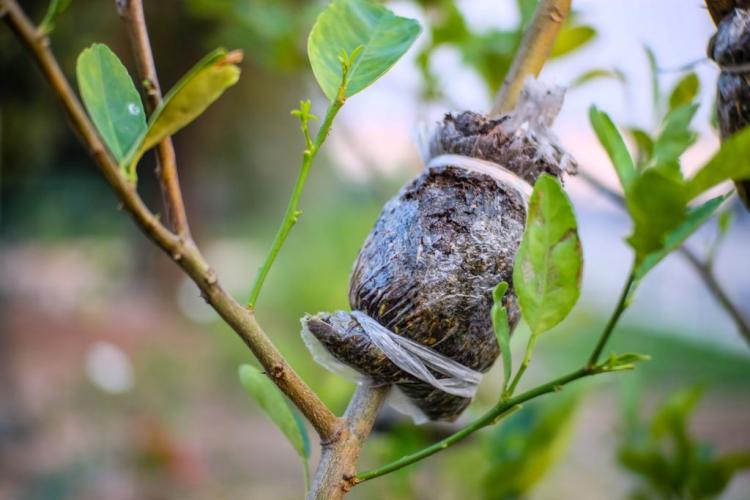
So that your self-grown magnolia develops into a magnificent magnolia tree, it is advisable after a while to provide the plant with nutrients with compost or with a primarily organic long-term fertilizer in organic quality.
Bottom line: the best way to propagate magnolias
Magnolias can either be propagated from seeds, cuttings, sinkers, or mosses. So that you can decide on the right method, we have summarized the most important things again for you.
Summary magnolia propagation:
- Reproduction of the magnolia is quite tedious – all methods take several months to a year
- Ways of propagation: From seeds, by cuttings, by sinkers, or by mosses
- Propagation via sinkers or by mossing is most successful; it is easier to do lowering
- The best time for propagation is always in the spring immediately after flowering (with the exception of sowing, of course)
